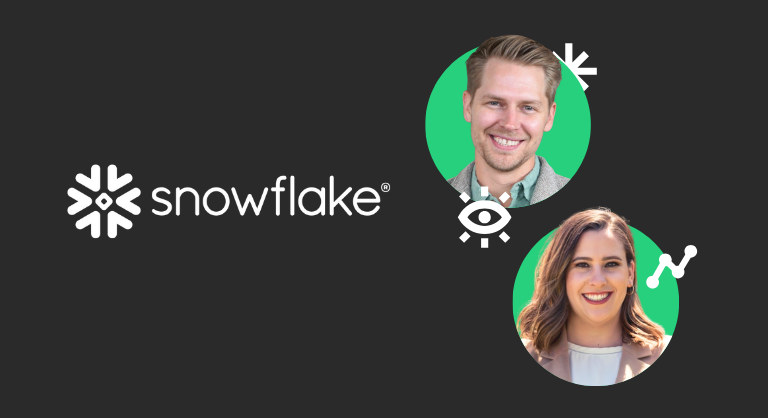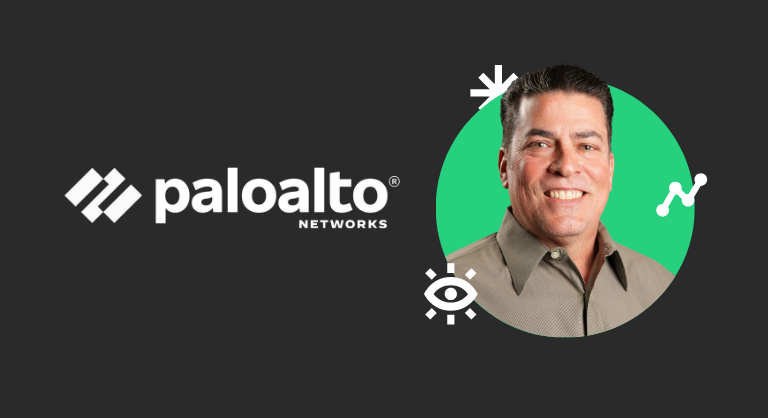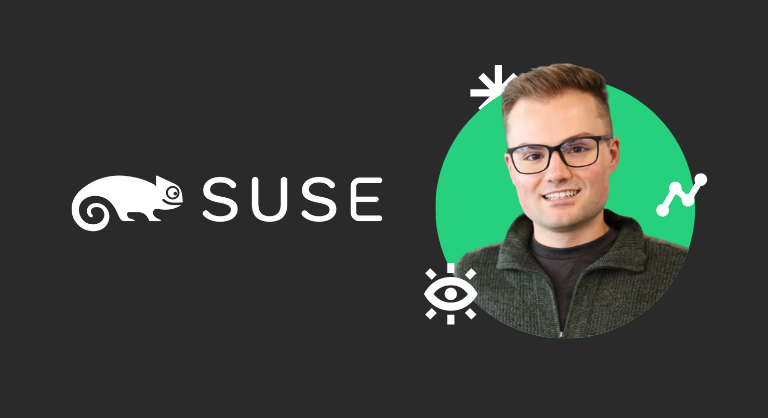Overview
In 2022, SUSE was facing challenges with inconsistent lead routing, limited lead prioritization, and a lack of visibility into sales processes. SDRs had to manually sort through high-volume lead queues, which impacted response times and resulted in missed opportunities. They implemented LeanData and optimized their routing engine with priority-based SLAs, significantly enhancing both visibility and speed to lead.
- Industry
- Technology
- Location
- Nuremberg, Bayern, Germany
- Interview With
- Zach Ziino, Global Operations Lead, Inside Sales
Solutions
LeanData Orchestration
Results
70%
2 minutes
100%
SUSE is a global leader in secure open source solutions, helping enterprises drive digital transformation with technologies like Linux, Kubernetes, and Edge computing. From the data center to the cloud to the edge, SUSE enables innovation at every layer of infrastructure. Headquartered in Germany, SUSE supports organizations worldwide with scalable, enterprise-ready solutions and services.
Operational Challenges
SUSE’s SDR and Inside Sales teams recognized growing gaps in their ability to track lead activity, conversion rates, and rep performance across regions. Legacy fields, outdated routing flows, and limited reporting made it difficult to determine which leads were being worked and which were overlooked.
Zach says, “We realized that we had no real way to understand our conversion rates… or how many leads were slipping through the cracks because a rep wasn’t touching them.”
The team knew there was room to improve. Without a clear prioritization model, SDRs were left to manually sort through high-volume lead queues. Every lead—regardless of whether it was a high-intent demo request or a low-engagement inquiry—was routed the same way. As a result, high-value leads weren’t being prioritized, and some hand-raisers sat untouched for hours or even days.
Rebuilding SUSE’s global lead routing infrastructure also came with technical and operational challenges. The team had to partner closely with IT to address technical debt, redesign validation rules, and build scalable systems for global teams.
Turning Process into Performance with SLAs
Looking to bring structure and accountability to their lead management process, SUSE rolled out a service level agreement (SLA) framework using LeanData in 2022.
Zach recalls, “Once we did that, the team realized they could prioritize and categorize their day.”
In just 30 days, the impact was evident. SUSE moved from having no reliable way to track time-to-first-touch to 98% of leads being worked within the same day. For high-intent actions like demo and sales call requests, 95% were engaged within four business hours—marking a major step forward in responsiveness.
“LeanData is a powerful tool that can be the core engine for complex automation.” Zach Ziino
Zach Ziino
Improving Speed to Lead with Priority-Based SLAs
As SUSE matured its lead management strategy, the team recognized that not all leads require the same level of urgency. Building on their initial SLA framework, they introduced dynamic SLAs using LeanData’s flexible routing capabilities in 2023.
These SLAs were tailored by lead type and quality, with response expectations ranging from four hours to two business days. The result was a noticeable improvement in operational efficiency:
- Average time-to-action dropped to 2.68 business hours across all leads.
- Hand-raisers were responded to in just 1.3 hours, a 70% improvement over the previous quarter.
By 2024, SUSE took their SLA program a step further, linking SLA adherence to management by objectives (MBOs) in high-volume regions. Zach says, “We started paying reps based on how quickly they were responding to their leads and that resulted in 100% of SLAs achieved.”
Making Global Changes in Minutes, Not Hours
To better scale changes, SUSE uses LeanData’s Data Table Routing.
Zach says, “With data tables, I can go make a global routing change in two minutes, upload it and activate.”
LeanData’s Data Table feature allows Zach, as a single administrator, to quickly update routing rules across global teams without relying on IT. SUSE also plans to migrate their existing routing, including lead prioritization, to Data Table-based routing for better visibility and ease of use.
“One thing I appreciate about LeanData is the consistency, especially uptime and reliability. We’ve had errors while using LeanData, but every single one has been on our end. We’ve never had a true platform problem that caused a support ticket.” Zach Ziino
Zach Ziino
Preparing for the Future with AI
Looking ahead, SUSE is exploring how LeanData can help make their Salesforce records AI-ready in 2025. Zach says, “LeanData is helping us be more agile in the way that we’re dealing with Salesforce data.”
Using LeanData, SUSE is updating fields with persona and account data to enable AI-generated outreach and reduce rep time spent on repetitive tasks. Early tests with agentic AI models have shown promise in handling inbound marketing follow-up based on this automation.
Learnings from SUSE’s Lead Management Transformation
Zach shared the following takeaways from his experiences transforming SUSE’s lead management systems and processes:
1. Cross-Functional Collaboration Is Critical
Successful lead management transformation requires close alignment between Sales, IT, and Marketing teams, along with thorough planning and stakeholder buy-in.
2. Test Thoroughly Before You Launch
Using a UAT or Sandbox environment is essential when making automation or routing changes. It allows teams to test for edge cases and avoid costly disruptions.
3. Take a Crawl-Walk-Run Approach
Rolling out changes gradually and deliberately helps ensure stability, accuracy, and long-term success in lead routing and CRM processes.
ABOUT SUSE
SUSE, a German acronym for “software and systems development” was founded in 1992 in Nuremberg, Germany. SUSE is a global open-source software company that builds and supports Linux-based operating systems and tools. Its core products include SUSE Linux Enterprise for servers and desktops, as well as solutions for Kubernetes management, container security, and cloud infrastructure. While formerly listed on the Frankfurt Stock Exchange, SUSE today operates as a private company. More than 60% of the Fortune 500 rely on SUSE to power their mission-critical workloads.













